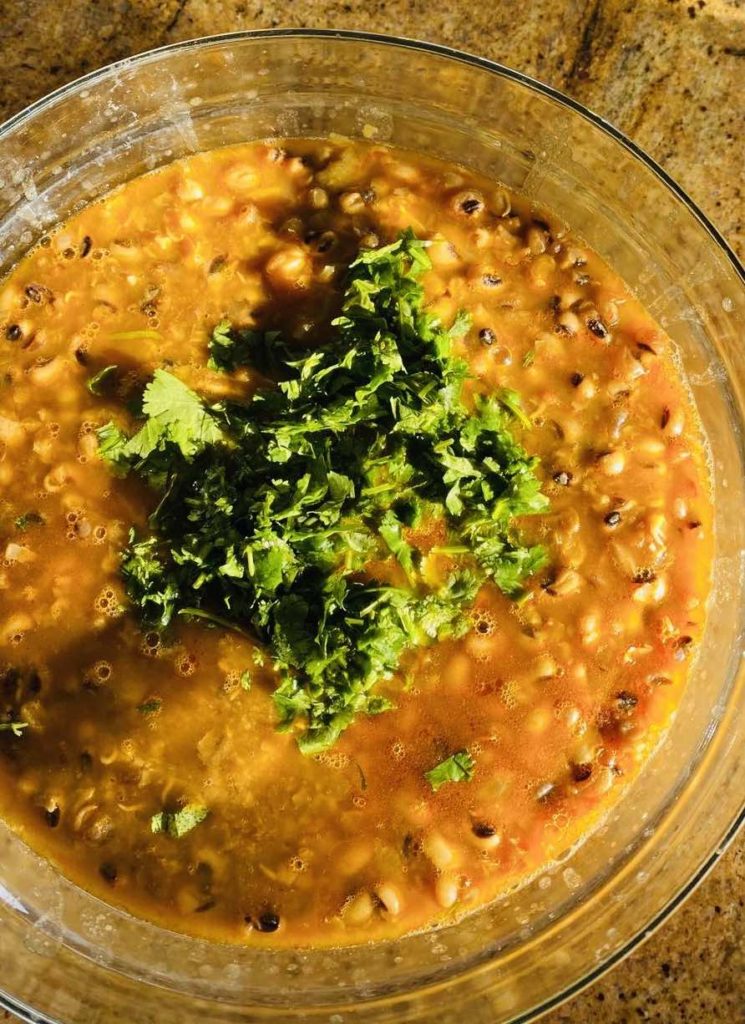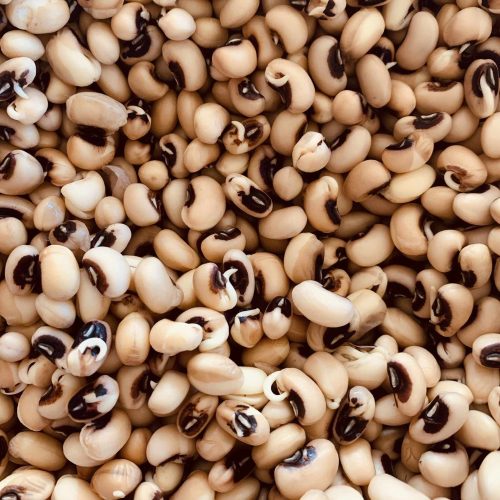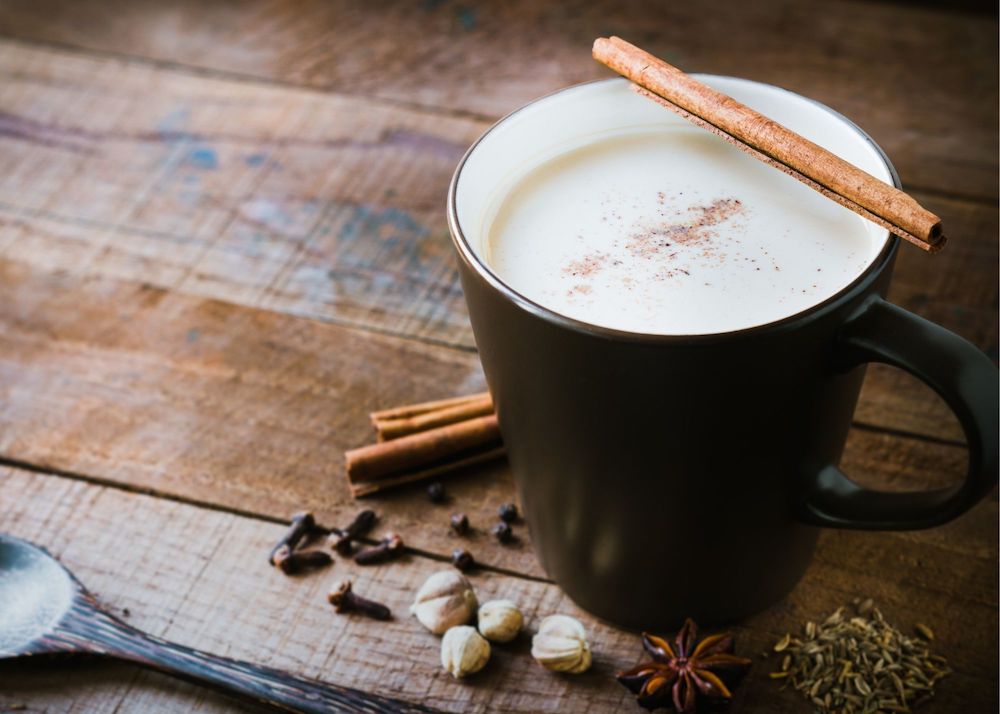This article is, in a small way, a love letter to my mom and dad in India. My mother plans and cooks meals with love, even now at 73. Food is, and always has been, her love language, and my dad had one singular rule when we were growing up: to not criticize the food in any way and offer gratitude to the one who makes it. This is the food legacy my siblings and I grew up with, and that I hope to pass on to my children.
In these challenging times of sheltering in place, all thoughts, processes, and actions around food – buying, sourcing, cooking, and cleaning – have taken a sharp turn for many of us. We may be cooking multiple meals a day, more than ever before. We turn to food for nutrition, connection, comfort, and indulgence. We are looking to enhance immunity through food choices; connect to our family traditions and cultural roots; and, of course, comfort ourselves and our loved ones with simple joys in our homes. Planning our meals becomes somewhat integral as we are asked to reduce going out even more; thus, having an idea of what the main meals will be is crucial to ensure we have those key ingredients in the pantry. I also do the 80-20 rule: 80 percent of what we eat needs to have some helping of grain, protein, and vegetable or fruit (think different colors, plus local and organic, if that’s an option), while 20 percent is pure, unadulterated, no-guilt indulgence (for me, this means good chocolate in any form). Most families have diverse taste palettes and (in some cases) diet restrictions and allergies or sensitivities, for which it’s important to come up with a game plan that can appease and please some of these needs.
Here is a peek into my kitchen, where my family and I are hanging out more than ever, with a few things we do to make our lives easier, and some recommendations that may be helpful:
- Create multi-purpose nutritional bases. Each of our cultural and culinary backgrounds has some of these gems. For example, in my South Indian/American home, it is a legume of some sort – ideally, sprouted, to further increase its nutritional density and availability. Legumes (like beans, lentils, peas, and peanuts) have a very long shelf life, can be bought in bulk at low cost, and are rich in protein, dietary fiber, carbohydrates, and minerals. Sprouting legumes increases the availability and absorption of vitamins and minerals, especially vitamin B and carotene, and reduces the intestinal sugars. So, if you make a sprouted, black-eyed bean “curry” (recipe below), it can be eaten with rice or quinoa; added to a salad or burrito; or eaten as a soup with a stir-fry vegetable or meat. The base could also be a homemade broth or a chutney. Think of what flavors you like and the nutritional value of the base. I add ginger and turmeric to almost all bases to further enhance the anti-inflammatory properties.
- Eat some probiotic every day. Probiotics are the “good” bacteria that is needed to maintain a healthy digestive ecosystem and increase our immunity. Research is ongoing about the exact mechanics of how this immunity is transferred and how specific type bacteria are effective against particular health conditions like irritable bowel syndrome, eczema, inflammatory bowel disease, allergies, etc. Idlis and dosa batter (both made in a variety of ways in millions of homes) also are considered as mildly probiotic – the batter is fermented, steaming it on a low-medium may kill some of the probiotic potential. Traditionally, idlis are considered as easily digestible food that one can have during convalescing after an illness (the recipe, and a tip to enhance the fermentation process will be shared in the next article). One could also have kombucha, tempeh, miso, sauerkraut, kimchi; for a South Indian home, unflavored yogurt is the quintessential probiotic side we have, especially with lunch.
- Make it fun and joyful. As Virgina Woolf once said, “One cannot think well, love well, sleep well, if one has not dined well.” Well, most Indian homes would wholeheartedly concur with this sentiment. Our modern lives often don’t give us a chance to enjoy food and savor our meal times, as we are always rushing off to the next thing. Breakfast is a to-go thing, lunches are at desks (or mildly-disguised work meetings), and dinners are done in a staggered way, depending on each household member’s schedule. To sit down and eat mindfully, perhaps with your loved ones, is a gift that we can be grateful for. While we may not be able to do this every day, can we do this some days of the week or some meal of the day? Think of your favorite holiday, movie, or book, and plan a meal around that as a theme. Do it as a family. Eat outside if possible. Have a bunch of flowers or a candle as a centerpiece.
Once we get the planning and foundation going, we can make meal-prepping fun and our own. If there is anything this SIP situation can teach us, perhaps it is to be grateful for what we do have, the little things in our lives that are already in our lives, and our homes – the things we don’t pay much attention to when we are too busy “working” for our living, the things that we have forgotten in so many ways. For those of us who are privileged enough to eat and cook at home, we hopefully recognize this access to food as a gift, and maybe even pay it forward in some way to those who don’t have this access. Let’s live and savor our lives as it happens in everyday moments.
Sprouted Black Eyed Beans Curry Recipe
Sprouting Process
- Remove debris and stones, rinse, and submerge one cup of black-eyes beans in a bowl or jar of cold, tap water. Cover with a mesh cloth, sprouting screen, or even two layers of kitchen paper towels, and soak overnight.
- Drain and rinse the beans thoroughly. (Invert the jar over a bowl at an angle so that the beans will drain and still allow air to circulate.)
- Repeat rinsing and draining 3-4 times per day until sprout tails appear. The bigger beans take a longer time but not more than 36 to 40 hours. Mung beans are the easiest to sprout.
- Sprouted beans can be stored in the refrigerator for 3-4 days and frozen, too.
Ingredients
1 cup black-eyed beans
1 ½ cups water
½ onion, diced
1 inch piece of ginger, grated
4-5 garlic cloves, diced
¼ teaspoon turmeric
½ teaspoon cumin powder
chilli or cayenne powder (to taste)
salt (to taste)
cilantro (to garnish)
Directions
- In an instant pot, on the sauté setting, fry the onion with avocado or vegetable oil until soft.
- Add ginger and garlic, cooking for about a minute. Add all the dry spices. Sauté for another minute or so on a low flame.
- Add the sprouted black-eyed beans, one and half amount of water, and salt. Slow cook this in a pot, pressure cooker, or Instant Pot (15 minutes for soaked beans). Let the Instant Pot natural release for 15 minutes. Garnish with cilantro, squeeze some lemon juice, and serve with rice or quinoa.

















